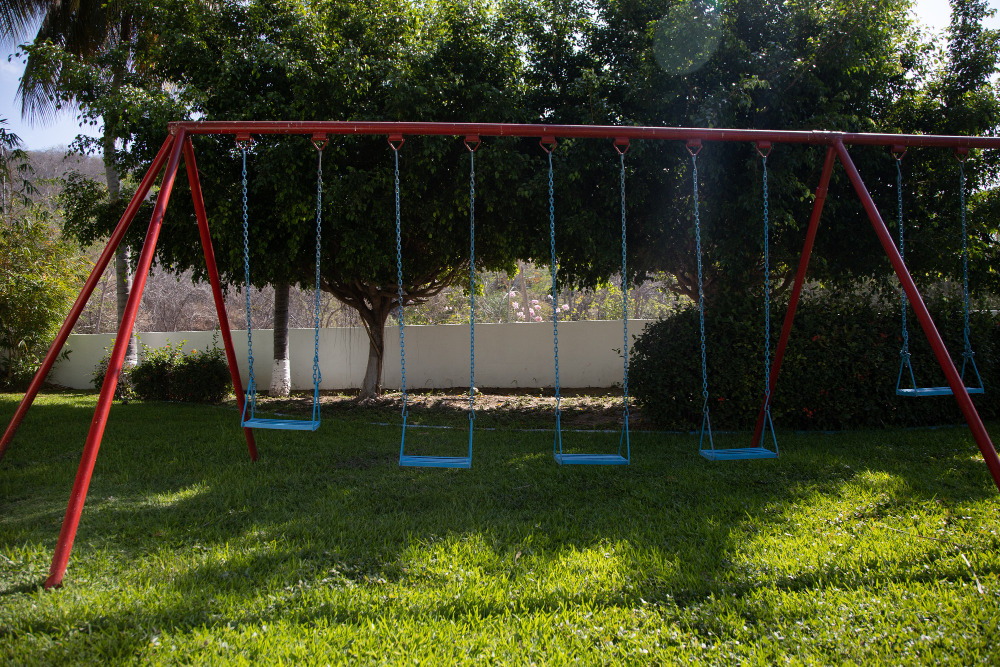Spain is facing a profound demographic shift with far-reaching consequences for the country’s society and economy. The combination of a persistently low birth rate and increasing life expectancy is leading to an alarming decline in households with minor children. In 2024, this proportion reached its lowest level since data collection began in 2006, at just 25%. This means that three-quarters of all Spanish family units already consist exclusively of adults.
A Look at the Numbers: Spain in European Comparison
Just a decade ago, in 2014, 30% of Spanish households housed at least one child under the age of 18. The five-percentage-point decline surpasses the European Union average. Although the overall situation in the EU-27 appears more dramatic—with 24% of households having no children—Eurostat data shows a worrying trend in almost all member states, with the exception of the Czech Republic, Slovakia, and Greece. Particularly low rates of households with children are found in Finland (18%), Lithuania (20%), Germany (20%), and the Netherlands (22%). In contrast, there are countries like Slovenia, Ireland, Cyprus, or the Czech Republic, where children still live in over 25% of households. It is also noteworthy that in all EU countries, with the exception of the Netherlands, one-child households dominate.
The Shift in Household Structures: More Adults, Fewer Children
Eurostat estimates that Spain currently has about 19.5 million households. Of these, just under 5 million have children, while 14.6 million are childless. Although the total number of households has increased compared to ten years ago (18.3 million), this is solely due to the increase in households without dependent children (up 13%). In the same period, the number of households with children has decreased by 8%. This illustrates: There are not only fewer households with children, but also fewer children per household—a direct result of the declining birth rate.
Of the Spanish households with children, slightly more than half (2.6 million) have one child, 35% (1.7 million) have two children, and the remaining 11% (about half a million households) house three or more children. The composition of family units has fundamentally changed. Single-person households and “other types of households” without children are gaining significant importance. Eurostat defines the latter as households where two or more adults live together who are not a couple.
The Causes and Consequences of Demographic Change
Of the 19.5 million households in Spain, 29% are occupied by adults living alone. A decade ago, this proportion was only 25%. Another 21% are households of couples without children. Households with two or more adults who are not a couple have also gained weight, now accounting for 25%—the same as households with children. Particularly striking is the decline in birth rates among traditional couples.
The main causes of this development include difficult conditions in the labor market and the housing market, but also changing personal and professional priorities. The consequences of the “demographic winter” are severe: they affect the future viability of the welfare state and the sustainability of the pension system. Future generations are becoming smaller and smaller, while the proportion of the elderly population is increasing. This leads to an ever-increasing economic burden for those still of working age. Spain is inevitably entering a demographic winter.




